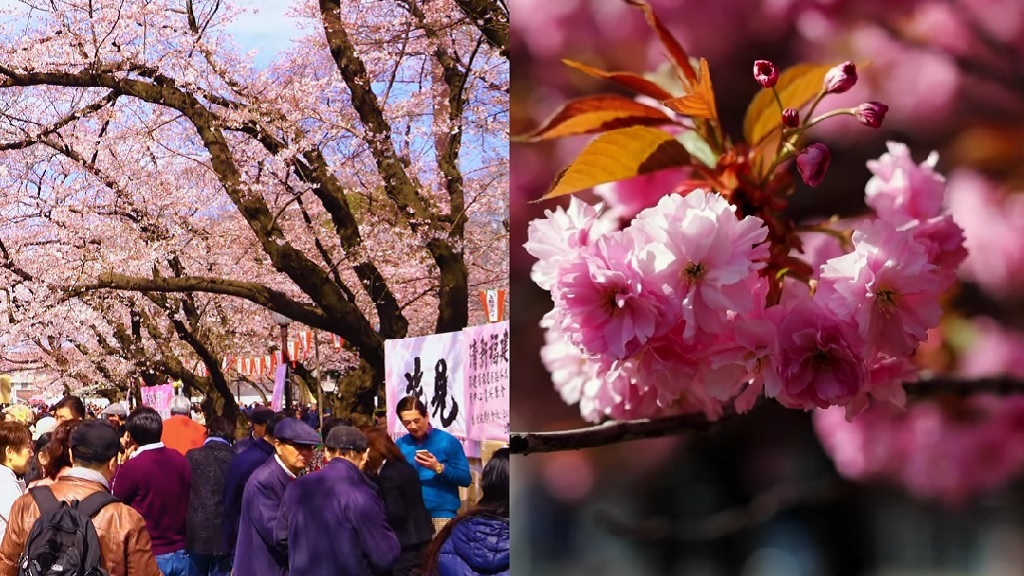Climate change could cause Japan’s famous Somei-Yoshino cherry trees to become extinct in some areas by 2100, a new report suggests.
Key points:
- The Japan Meteorological Agency’s study, which utilized artificial intelligence (AI), indicates that rising temperatures are causing sakura (cherry blossoms) to bloom unusually early, reported the South China Morning Post.
-
The record-breaking warmer winters also prevent Somei-Yoshino trees from getting the needed cold period to blossom.
-
Experts recommend planting a wider variety of cherry trees more resistant to warmer temperatures.
The details:
Trending on NextShark: Studio Ghibli Fest 2024: Full list of movies and schedule
-
Japan’s Meteorological Agency reported the country had average temperatures 1.27 degrees Celsius higher than usual, marking its second-warmest winter. The tendency for warm air to blanket Japan is linked to a lack of cold spells, crucial for the Somei-Yoshino cherry trees to enter dormancy and produce blossoms in spring.
-
The Somei-Yoshino variety requires a period of cold weather to stimulate their systems and produce blossoms. Without this cold period, the trees may not flower, jeopardizing the future of the species in some areas.
-
If global warming trends continue, the AI-driven study predicts that the Somei-Yoshino cherry tree variety could face extinction in Miyazaki, Nagasaki and Kagoshima prefectures in the Kyushu region by 2100.
-
This variety is Japan’s most popular cherry blossom, accounting for a significant majority of trees planted nationwide. This dominance stems from the fast growth rate and spectacular display of pink blossoms before leaves emerge, all factors prized during the Edo period (1603-1868).
-
The potential disappearance of Somei-Yoshino trees could severely disrupt hanami, a centuries-old tradition of gathering under the cherry blossoms to celebrate spring. Held annually from late March to early May, hanami is a major driver of tourism, generating an estimated 616 billion yen ($4 billion) last year, according to a separate Kansai University study.
-
“This problem mostly concerns the Somei-Yoshino variety and there are other varieties which are more resistant or suitable for a warmer climate,” Naoko Abe, a journalist and author specializing in cherry blossoms told This Week in Asia. “As well as trying to tackle climate change, or to slow down the pace of it, it’s time for the Japanese people to plant more diverse cherry trees and to give up thinking that Somei-Yoshino is the only sakura.”
Tangent:
-
Apart from climate change, the iconic Somei-Yoshino trees also face a threat from an invasive species, the red-necked longhorn beetle, further jeopardizing their survival.
Download the NextShark App:
Want to keep up to date on Asian American News? Download the NextShark App today!
